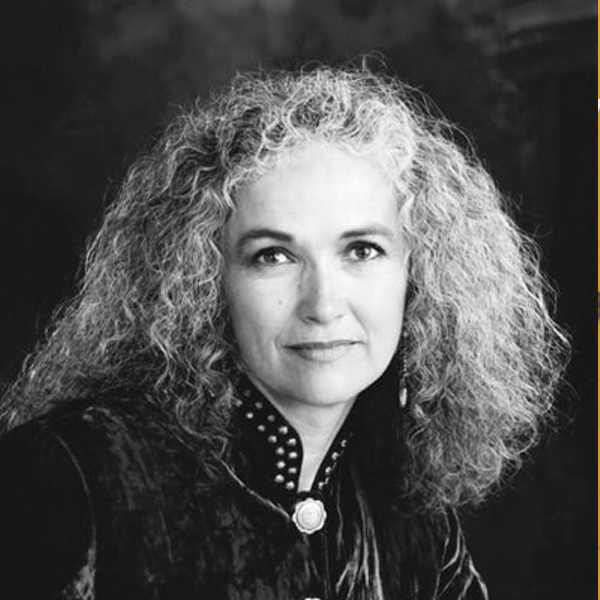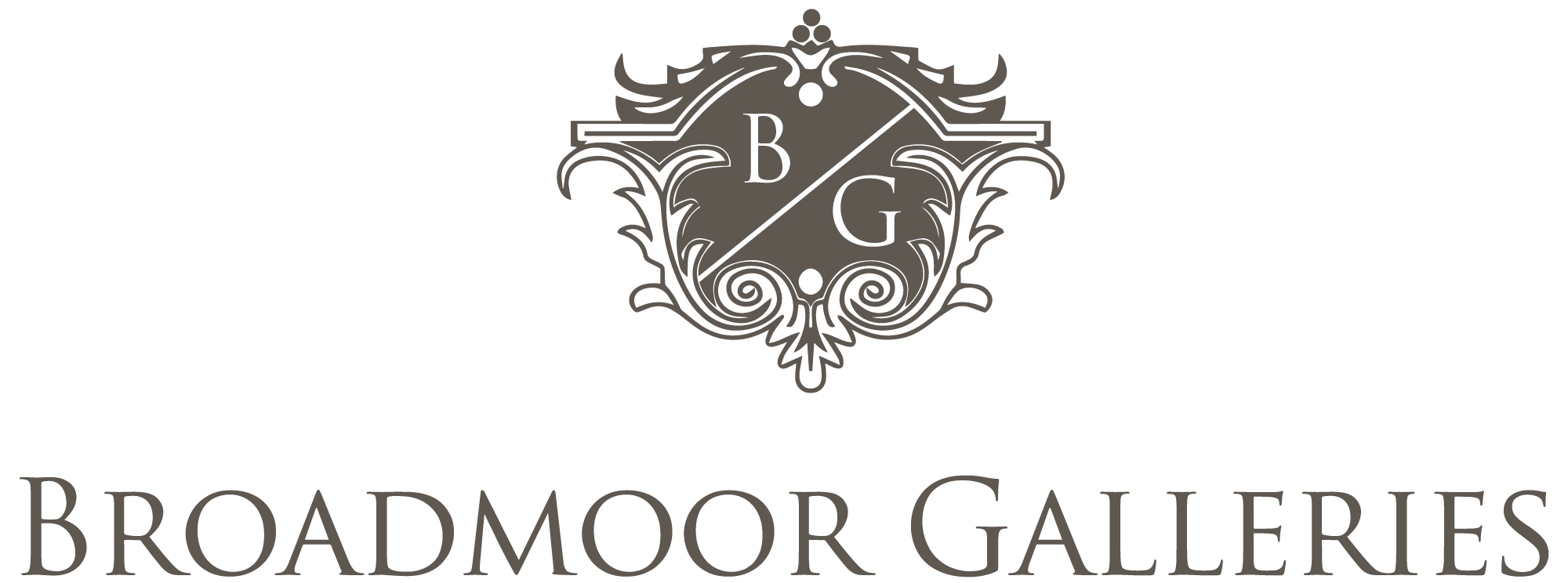BIOGRAPHY

Donna Howell-Sickles was born in 1949 in Gainsville, Texas, where she was raised on a 900-acre farm. When Howell-Sickles was entering Junior High School, her parents moved the family to New Mexico; she graduated from Lovington High Scholl. In 1972, she earned her BFA from Texas Tech University in Lubbock, Texas. During her junior year at Texas Tech University she acquired an old postcard, circa 1935, depicting a cowgirl seated atop a horse. The vintage postcard read, “Greetings from a real Cowgirl from the Ole Southwest.” Attracted instantly by the charm and confidence of the woman in the image, Howell-Sickles began incorporating the cowgirl figure into her artwork, as well as collecting and researching these old-time cowgirl images. Before long, this Cowgirl icon, and all that she could stand for, became the central theme in the Contemporary-Western settings of Howell-Sickles’ mixed-media artwork. Donna Howell-Sickles works on paper and canvas in a mix of charcoal, pastel and acrylic most often leaving her under-drawing visible. In the artwork, the Cowgirl achieves the status of a heroine, and these images have brought Donna Howell-Sickles national attention, recognition, accolades and success. Her work is rich with symbolism and allusions to classical mythology, but the viewer does not need to be familiar with the life apparent in each piece. With an ageless grace, and timeless stories, these Cowgirl heroines will live on forever in vibrant colors through Donna Howell-Sickles’ artwork.
“My fascination with the cowgirl image began in my last year of college. I received an old postcard from a friend in a typical art student trade. He brought over a large box of stuff including some of his own pottery. Near the bottom of the box were several old postcards, one of a cowgirl c. 1935 seated on a horse captioned “Greetings from a Real Cowgirl from the Ole Southwest”. The image spoke to me and I had no idea why. Although I had grown up on a farming ranching operation in Texas we never really thought of ourselves as Western. I surrendered to the attraction and as I used the Cowgirl in my art and I slowly filled in the blanks about my fascination with the imagery.”



